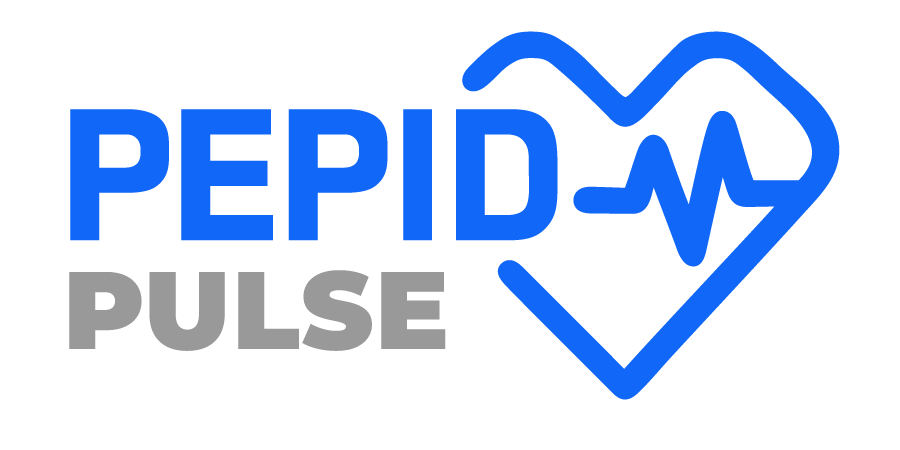Yesterday, November 1st, the federal Centers for Medicare & Medicaid Services (CMS) published their final rule for the Physician Fee Schedule for CY 2019, and Quality Payment Program (QPP)—regarding the Patients Over Paperwork Initiative, E&M requirements, telehealth payments, interoperability requirements, opioid recovery and treatment (SUPPORT) programs, extreme and uncontrollable circumstances (such as Hurricane Irma) and more. CMS officials say the changes to Medicare Physician Fee Schedule and QPP will reduce clinicians’ time pushing papers so they can focus on providing high-quality patient care. CMS Administrator Seema Verma says, “Our initiates serve to do the things necessary to move our health care system towards one that pays for the value of service rather than the mere volume.”
CMS projects clinicians to save $87 million in 2019, $843 million over the next decade, and 21 million hours of work by 2021 from the following changes:
5 Key Changes in CMS’ Final Report for CY 2019 Physician Fee Schedule and Quality Payment Program (QPP) :
- Push for Patients over Paperwork Initiative (Reduce paperwork increase time with patients)
- Addresses Physician Burnout
- Implements changes to Medicare’s accountable care organization (ACO) program
- Coding requirements for physician services known as “evaluation and management” (E&M) have been simplified with further reductions in requirements set for 2021. The new, simplified, CMS E&M payment amounts can be found here
- Clinicians who are based at a healthcare facility can now use facility-based scoring to reduce the burden of having to report separately from their facility.
- Addresses Physician Burnout
- Implementation of meaningful measures:
- Remove MIPS process-based quality measures to focus on meaningful measures that have a greater impact on health outcomes.
- Promote interoperability
- Doctors must update their systems so they are interoperable. Interoperability of electronic health records “is critical to patient empowerment and driving toward a value-based healthcare system.” – CMS
- CMS now requires MIPS-eligible clinicians to use 2015 Edition certified EHR technology beginning with the 2019 MIPS performance period. This encourages information sharing among healthcare providers
- Changes to MIPS “Promoting Interoperability” performance category to support greater EHR interoperability and patient access to their health information to align with “Promoting Interoperability” program for hospitals published in August
- Payment for Telehealth
- Establishes Medicare payment for patients who connect with their doctor virtually using telemedicine to determine whether they need an in-person visit
- Medicare will pay doctors for virtual check-ins
- Expanding the use of telehealth services for the treatment of Opioid Use disorder under SUPPORT
- New Opt-in policy
- For clinicians who don’t have many Medicare patients that want to participate in MIPS
Read the full 2,378-page rule to see more on lowering prescription costs, policies for extreme and uncontrolled emergencies such as Hurricane Irma, and much more here or visit the fact sheet here.
[elfsight_social_share_buttons id=”3″]
